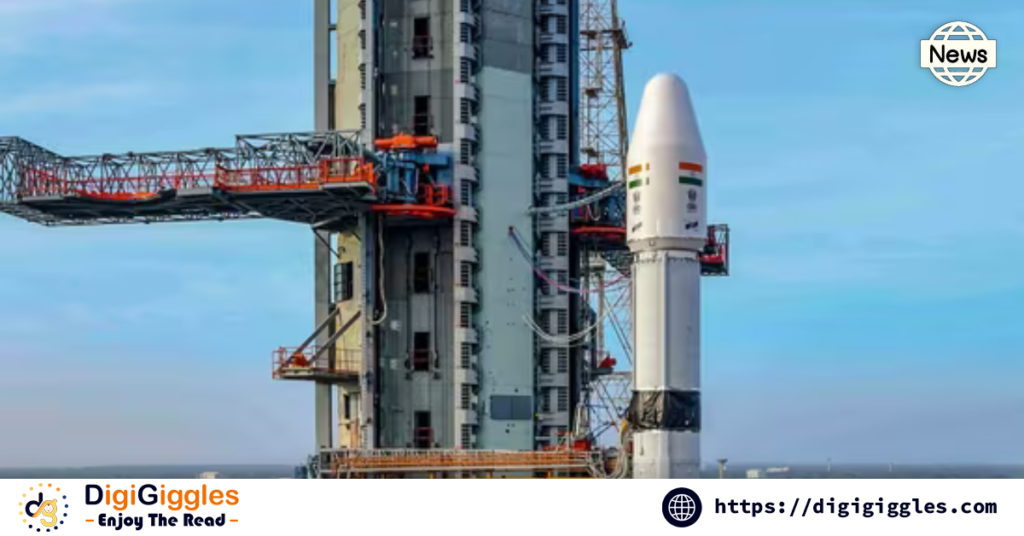
In a significant milestone for India’s space exploration journey, the Indian Space Research Organisation (ISRO) successfully launched the GSLV-F15 rocket, carrying the advanced navigation satellite NVS-02, from the Satish Dhawan Space Centre in Sriharikota. This launch marks ISRO’s 100th mission from the Sriharikota launch pad, cementing India’s growing prowess in space technology.
The Geosynchronous Satellite Launch Vehicle (GSLV-F15) roared into the skies at the scheduled time, carrying the NVS-02 satellite, which is part of the country’s Navigation with Indian Constellation (NavIC) series. This series of satellites is designed to provide precise positioning and navigation services over India and the surrounding region, supporting both civilian and military applications.
Speaking about the successful launch, ISRO Chairman S. Somanath expressed his pride in the achievement. “This is a monumental moment for us, being the 100th launch from Sriharikota. The NVS-02 satellite will bolster India’s navigation capabilities and serve a variety of sectors,” he said.
Advanced Capabilities of NVS-02
The NVS-02 satellite is equipped with state-of-the-art features to enhance India’s navigation systems. Unlike previous satellites, this one is designed to provide signals even at lower frequencies, which will be particularly beneficial for applications in remote and challenging terrains.
With its advanced atomic clocks and longer operational life, NVS-02 is expected to significantly improve the accuracy and reliability of navigation services. This advancement is crucial for sectors such as transportation, maritime operations, and defense.
Milestone Achievement for Sriharikota
The Satish Dhawan Space Centre in Sriharikota has been the epicenter of ISRO’s launch activities since its inception. Over the years, it has witnessed numerous historic launches, including the Mars Orbiter Mission and the Chandrayaan series. The 100th launch milestone underscores the center’s critical role in propelling India’s space ambitions.
A Nation’s Pride
As the GSLV-F15 ascended into the skies, the nation celebrated another feather in ISRO’s cap. Experts lauded the space agency’s relentless pursuit of innovation and excellence. “This achievement showcases India’s growing capabilities in the field of space technology,” remarked a senior scientist.
The successful launch of NVS-02 is also seen as a step toward India’s strategic self-reliance in navigation technology, reducing dependence on foreign systems. With its robust capabilities, NavIC is being touted as a strong regional alternative to the U.S.-based GPS system.
Conclusion
As ISRO continues to push the boundaries of space technology, the successful launch of GSLV-F15 with the NVS-02 satellite stands as a testament to India’s remarkable achievements in the field. With this 100th mission from Sriharikota, India has once again demonstrated its determination to reach new heights in space exploration.